Festool EHL 65 EQ Installation instructions
Other Festool Planer manuals
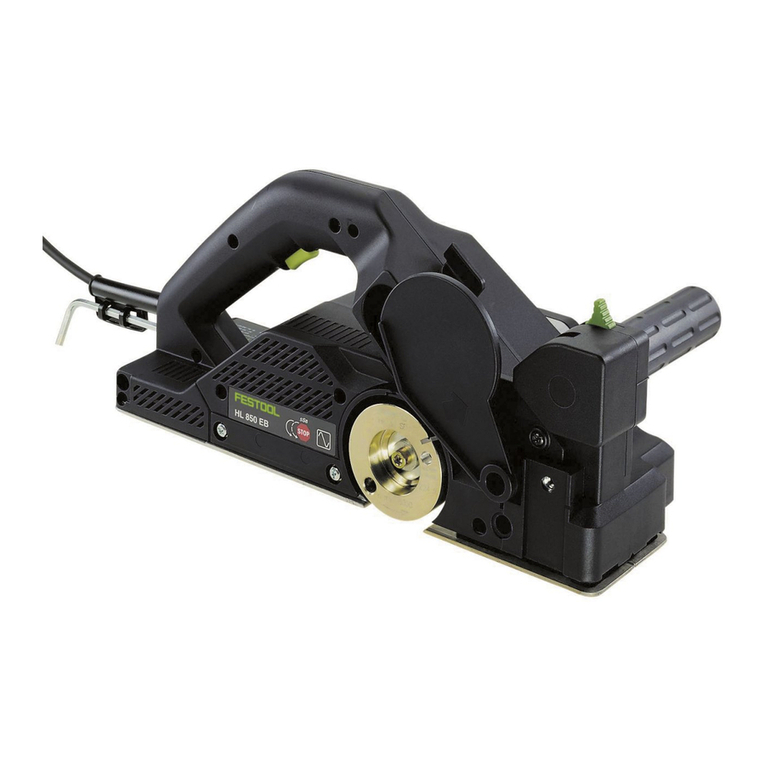
Festool
Festool HL 850 EB User manual
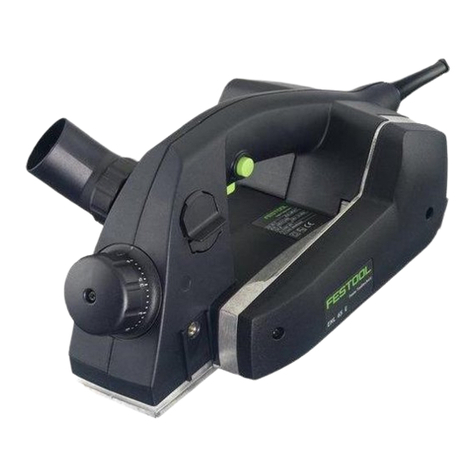
Festool
Festool EHL 65 E User manual
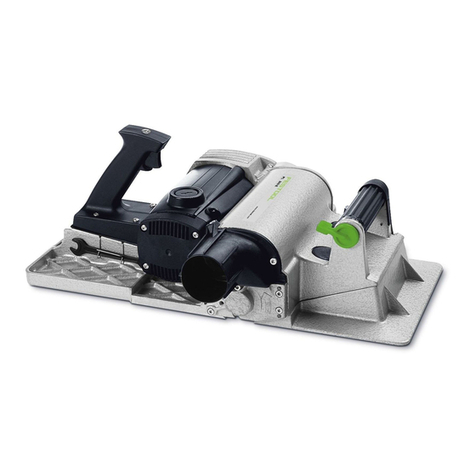
Festool
Festool PL 205 E Installation instructions

Festool
Festool HL 850 E User manual

Festool
Festool EHL 65 EQ Installation instructions
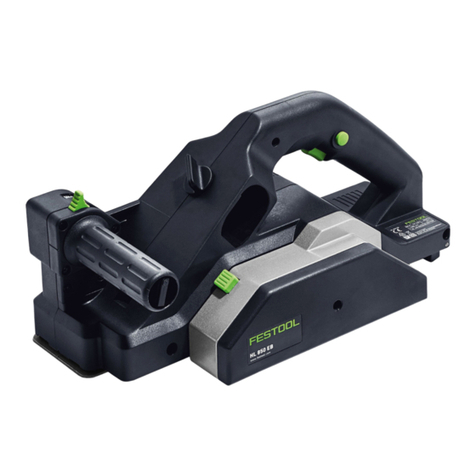
Festool
Festool HL 850 E User manual

Festool
Festool EHL 65 E User manual

Festool
Festool EHL 65 E User manual

Festool
Festool HL 850 E User manual
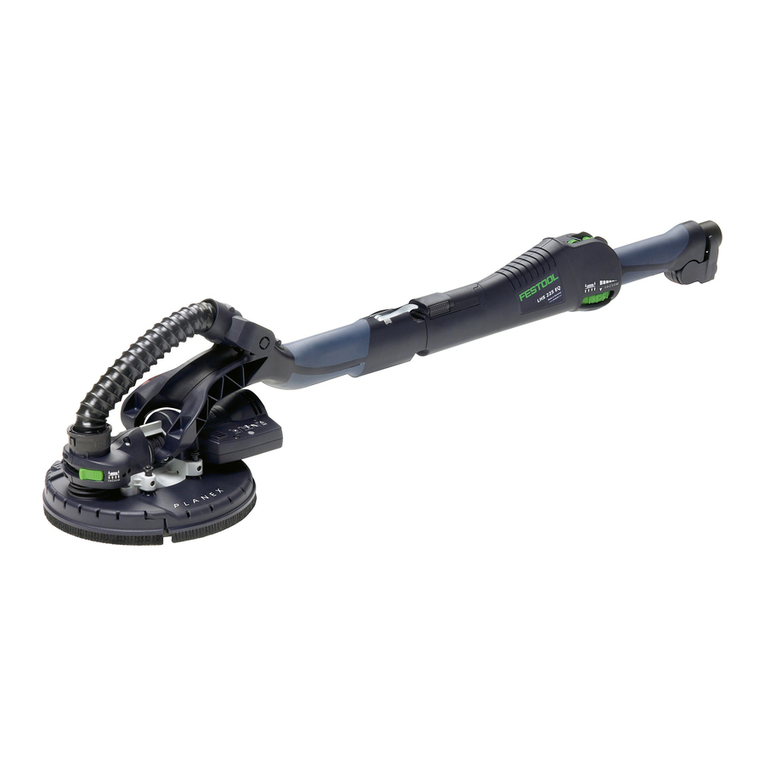
Festool
Festool PLANEX LHS 225 EQ User manual

Festool
Festool HL 850 E User manual

Festool
Festool EHL 65 EQ Installation instructions

Festool
Festool HL 850 E User manual

Festool
Festool EHL 65 E User manual
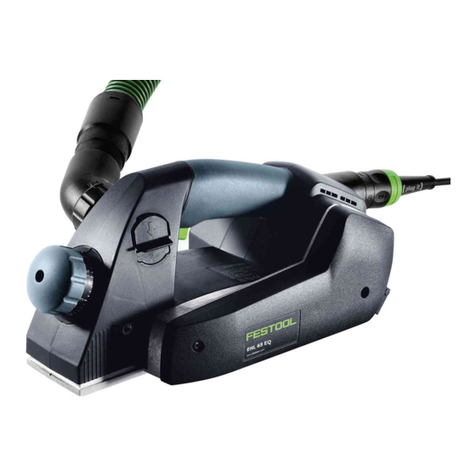
Festool
Festool EHL 65 EQ User manual

Festool
Festool HL 850 EB User manual

Festool
Festool EHL 65 E User manual

Festool
Festool HL 850 E User manual

Festool
Festool EHL 65 E User manual

Festool
Festool HL 850 E User manual
Popular Planer manuals by other brands

Scheppach
Scheppach Plana 3.0 Translation from the original instruction manual

Felisatti
Felisatti PF180/1500 operating instructions

Melbourne
Melbourne MTC-49407 owner's manual

VARO
VARO POWERplus POW1520 manual

Powermatic
Powermatic 209 Operating instructions and parts manual

DeWalt
DeWalt DW 1150 Operation, adjustmants, maintenance, spare parts





















